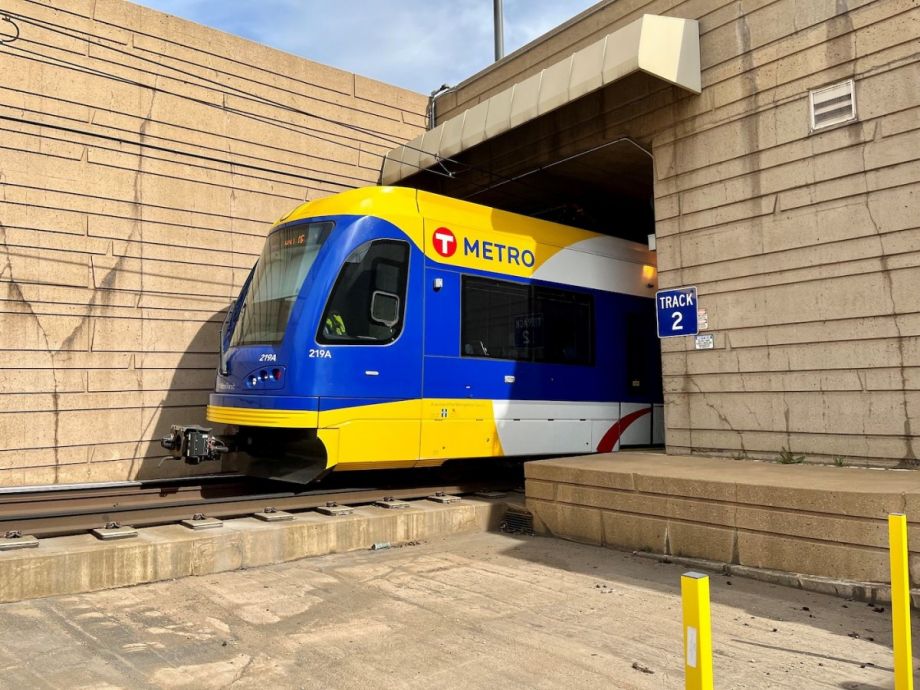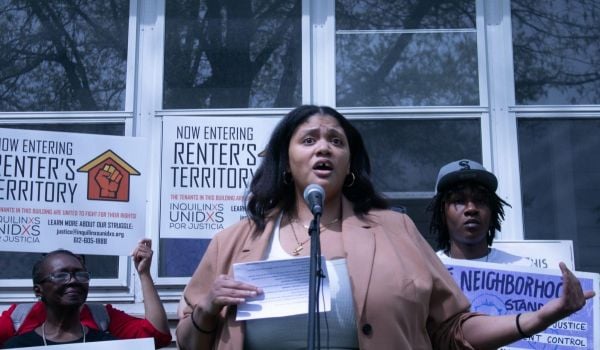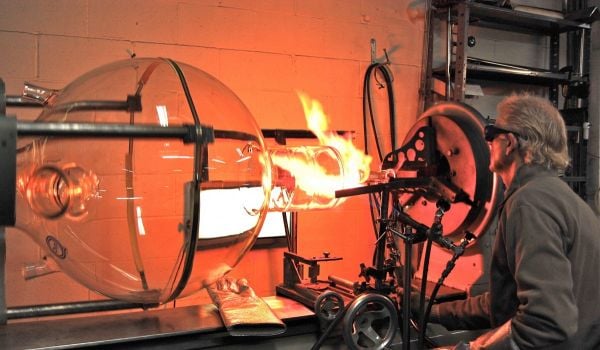For years, Minnesota lawmakers have tried to pass bills to elect the governor-appointed Metropolitan Council, the Twin Cities’ federally-designated metropolitan planning organization.
They say it’s urgent because they believe the Met Council is mishandling the Southwest Light Rail extension project, which will extend today’s Green Line between St. Paul and Minneapolis 14 miles to Hennepin County’s southwestern suburbs. The project, which will be audited by the Minnesota Legislative Auditor, now costs $2.75 billion. Its completion was delayed to 2027 over issues with building a tunnel through Minneapolis’ chain of lakes, which caused cracks to form in a condominium building converted from grain silos.
In the United States, however, directly elected boards overseeing regional infrastructure are rare. Only three transit agencies, two of which are in the Bay Area, are directly elected. And so is only one metropolitan planning organization, in Portland.
But holding a transit agency accountable might not be as simple as electing them. For one, just because a transit board is elected does not automatically result in better transit service.
“The quality of the people appointed [to the Met Council] depends entirely on the level of interest that the governor shows. If the governor doesn’t take it seriously, doesn’t give it the same attention, then you get poor quality on the council,” says Curt Johnson, who chaired the Met Council in the 1990s under Gov. Arne Carlson. “You can have the same thing happen with electoral politics.”
The Met Council has proved controversial since it started. It levies taxes to run the region’s transit and sewer system, and also allocates transit, housing and open space funding, as well as exercises veto power over local municipalities’ land use plans. This setup has been lauded for promoting a prosperous and equitable region.
Meanwhile, Twin Cities voters don’t have a direct say in what the Met Council should do. Although a 33-member board composed of elected officials and people who walk, bike or take transit decide how to allocate federal transportation dollars, it’s primarily overseen by 17 gubernatorial appointees, 16 of which represent different parts of the Twin Cities.
State statute requires the governor appoint a committee of seven, including three elected officials, to publicly vet prospective appointees who would be appointed to serve a coterminous term. Proponents say appointing board members allows them to holistically decide what’s best for the region, and a study of higher education boards by Prof. Paul G. Rubin, Associate Professor of Educational Leadership and Policy at the University of Utah, reiterates this.
But because state statute does not dictate how governors should appoint the committee to vet appointees, and because their applications and resumes are not made public until they are appointed and forwarded to the Senate for confirmation, governors can exploit the Met Council to curry favor with their base and important constituencies before the public can decide who best represents them. It’s why both Democrat and Republican governors opposed past efforts to make it elected.
Meanwhile, the appointees often get to work without confirmation, as state statute allows them to serve without undergoing a formal hearing. This is risky because they could be shown the door, even if they are doing a good job. During the pandemic, for example, the Republican-controlled Senate held confirmation hearings to sack commissioners to exact revenge against Gov. Tim Walz’s handling of the pandemic, and Commissioner of Pollution Control Laura Bishop resigned before she could be sacked over her handling of the state’s clean cars rule. In effect, the Met Council’s mission could be thwarted by people who don’t even live in the Twin Cities.
So why not elect them? Indeed, studies such as Rubin’s show elected boards are more accountable and responsive to those who vote them in. And Bay Area Rapid Transit District, which was converted into an elected board after voters overwhelmingly approved a measure in 1974 as the agency experienced financial challenges and problems with its early train control system, recently became the first transit agency in the Bay Area to uphold a mask mandate after lobbying from the senior and disability community. AC Transit followed suit today.
But both reports issued by TransitCenter and a blue-ribbon committee appointed by Gov. Walz in late 2020 recommended transit agencies and the Met Council continue to be led by appointees. The committee report recommends they continue to be appointed by the governor, saying the appointment process is transparent, and electing the council, or having local elected officials serve on it, would distract from its goals to decide what’s best for the region because of parochialism and time commitments. Legislators introduced a bill this past session to enact the recommendation, which did not pass.
However, TransitCenter recommends board appointments be made by officials local to where a transit system serves so they are more accountable to those who are directly impacted. It cites the San Francisco Municipal Transit Agency as an ideal example, as its nine-member board is fully appointed by the mayor and confirmed by the Board of Supervisors — both directly elected by San Franciscans. But it also cites the Santa Clara Valley Transportation Authority board as a counterexample because multiple jurisdictions, each of which has its own definition of adequate transit service, are involved in appointing, making it difficult for riders to hold the board as a whole accountable for poor, discontinuous transit service.
So how do you make a regional transit agency serving multiple cities more accountable to those who ride it? Shontel Lewis, who does diversity, equity, and inclusion work, serves on Denver Regional Transportation District’s board and is a transit rider, believes the 15-person elected board should have at-large seats.
“I am proposing that we have some members of the board [who] are at large, really to move us away from that parochial thinking or parochial decision making,” Lewis says. “Because it can sometimes get in the way of us making good solid decisions for the region. And we sometimes need those who come to the table with the 30,000-foot lens to make decisions as a whole.”
Indeed, a study by the University of Houston Hobby School of Public Affairs found at-large representatives are more likely to decide for a jurisdiction as a whole. But at the end of the day, representing the interests of your constituents and the region comes down to people skills.
“When you get into office, you can’t just snap your fingers and make the changes happen,” says Jean Walsh, who works in strategic communications, rides transit and serves on the Alameda-Contra Costa Transit District board, which has at-large seats. “Especially when you’re on a board with six other people, you have to work with your colleagues and you have to have a majority of the board to get things passed and to get things moving. That takes effort and time to build an understanding of the issue, to build relationships with your colleagues, and to move it along in the way that you want it to go.”

H. Jiahong Pan 潘嘉宏 (pronouns: they/them/佢/他) is a Minneapolis-based introverted freelance journalist who reports primarily on their lifelong passion: transportation issues. Find them on a bus of all types, the sidewalk, bike lane, hiking trail or perhaps the occasional carshare vehicle, camera and perhaps watercolor set or mushroom brush in tow, in your community or state or regional park regardless of season. If you can’t find them, they’re probably cooking, writing, curating an archive of wall art or brochures, playing board games, sewing or cuddling with their cat.
















